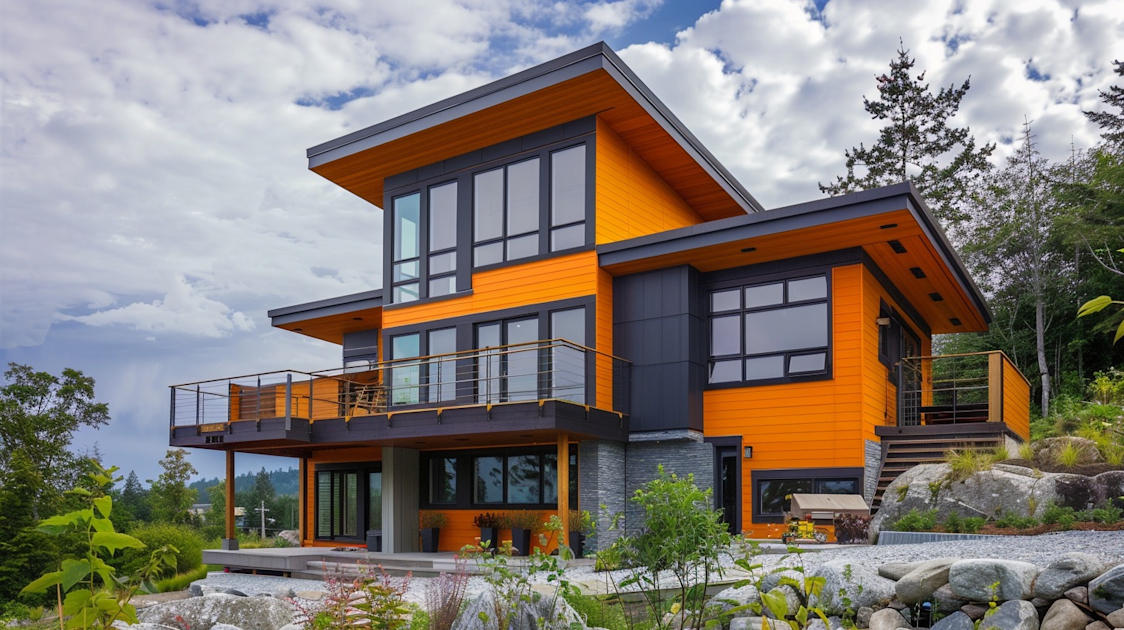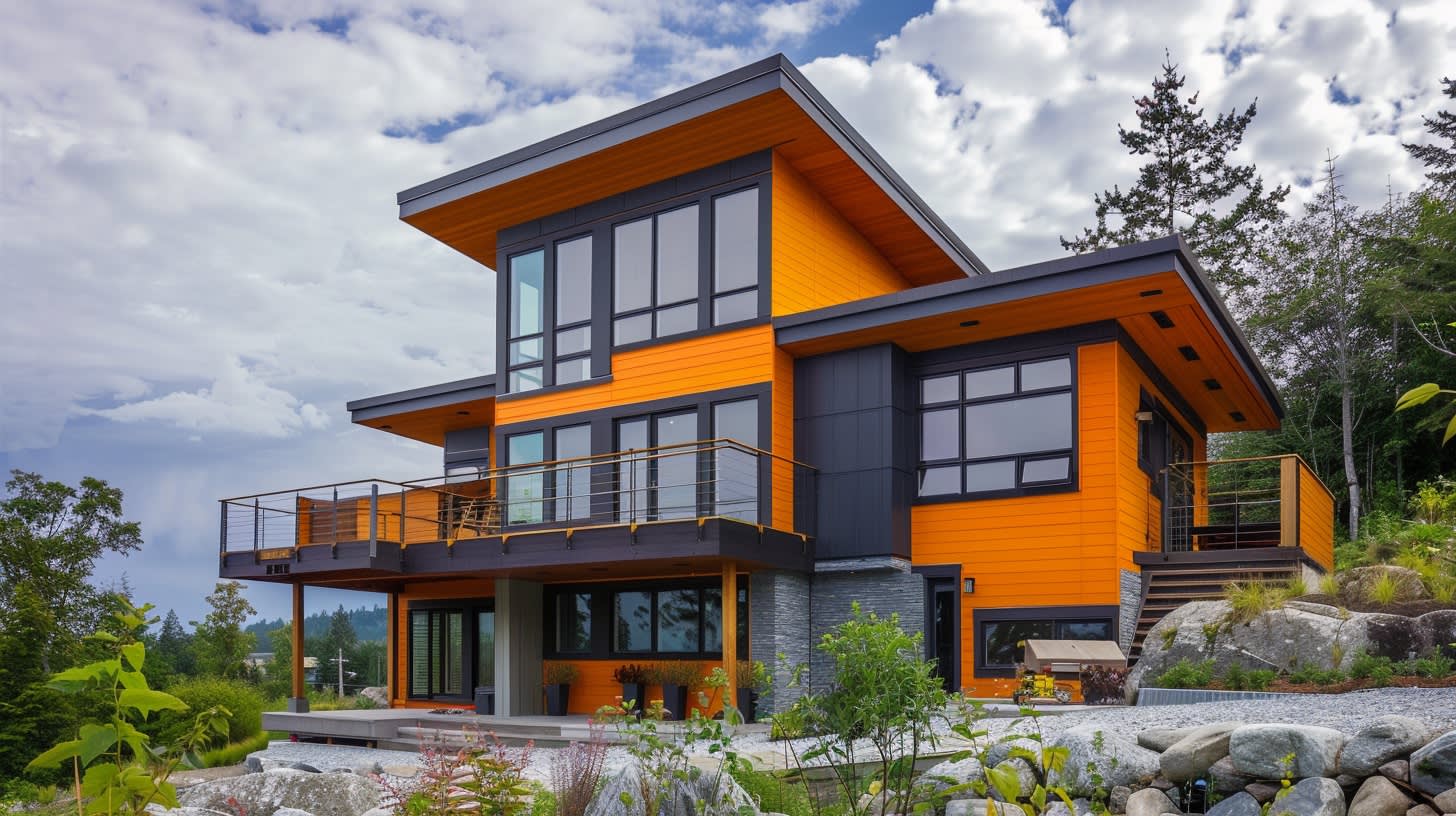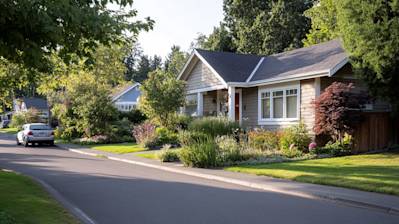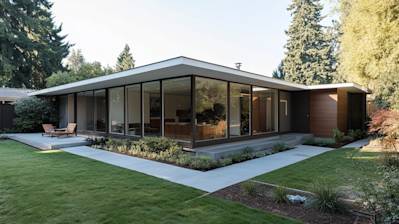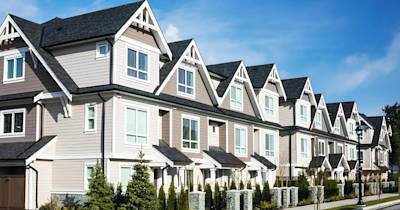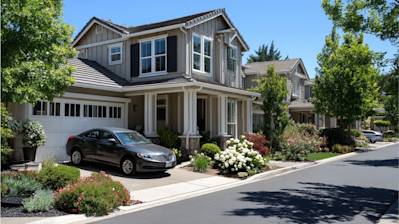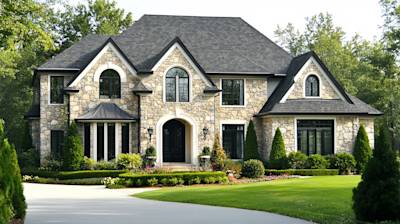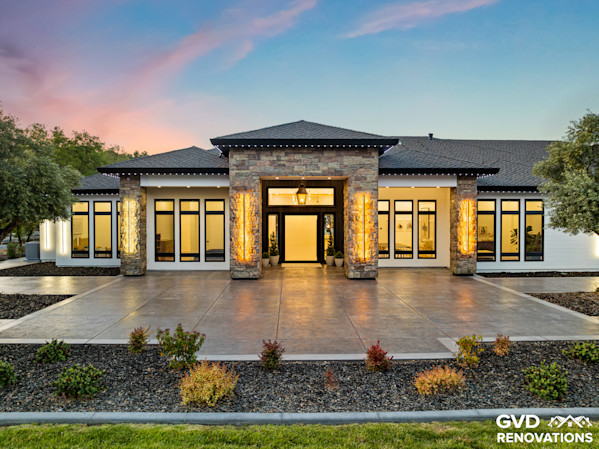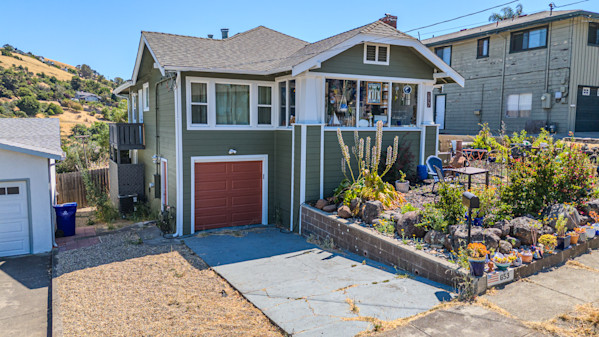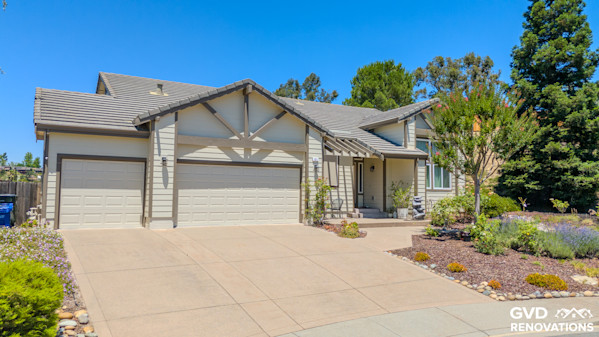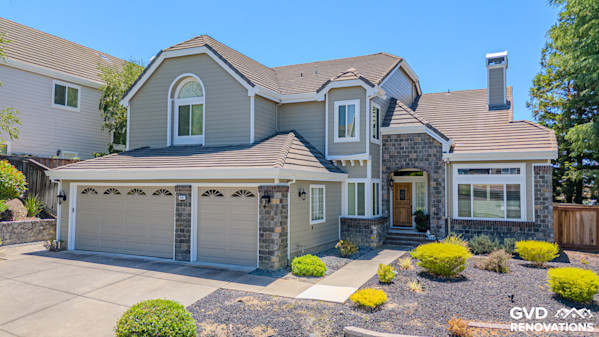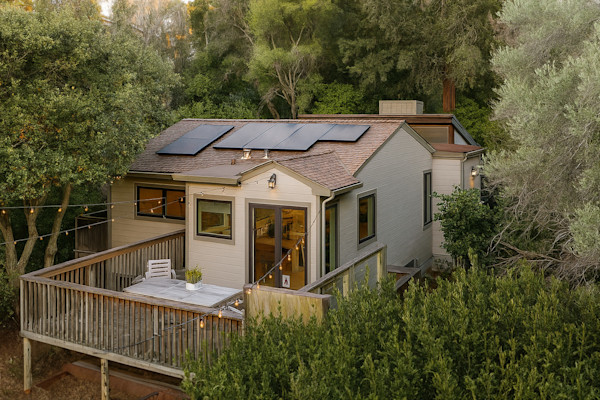When it comes to siding, there isn't a one-size-fits-all solution. Homeowners are increasingly turning to a popular new option: Sacramento engineered wood siding. This type of siding is renowned for its durability, aesthetic, flexibility, and sustainability, making it a popular choice for home constructions and renovations. Here we delve deeper into why engineered wood siding is quickly becoming a go-to option for discerning homeowners and what it could bring to your homes' exterior.
Understanding Engineered Wood Siding
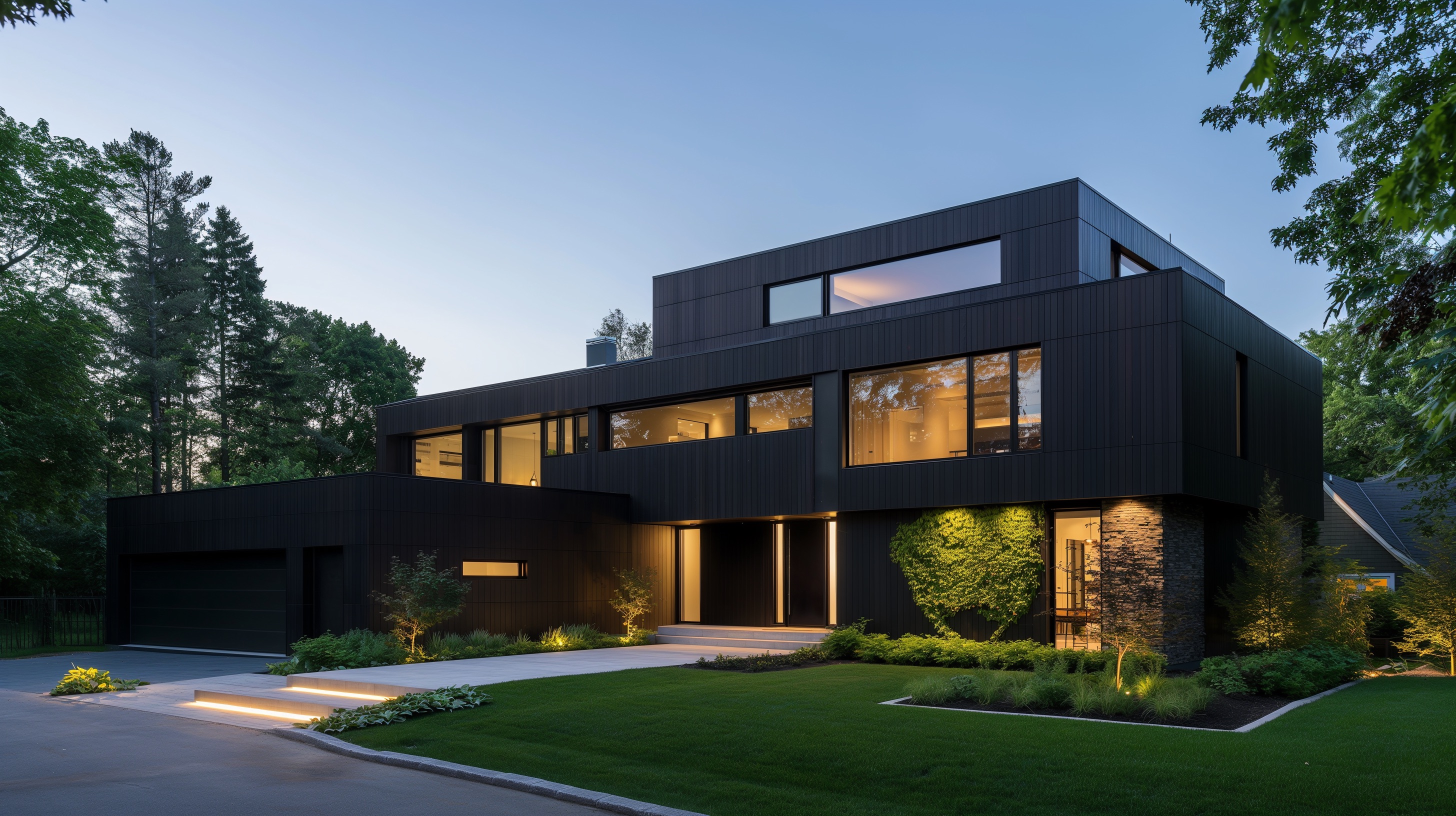
Engineered wood siding is a versatile and durable material designed to replicate traditional wood siding, without the common drawbacks associated with natural wood. It's created by combining wood strands or fibers with adhesive binders, giving it immense strength and resistance against potentially damaging elements. It can be cut and shaped much like traditional wood, enabling architects and builders to design unique, appealing aesthetics.
Benefits of Engineered Wood Siding
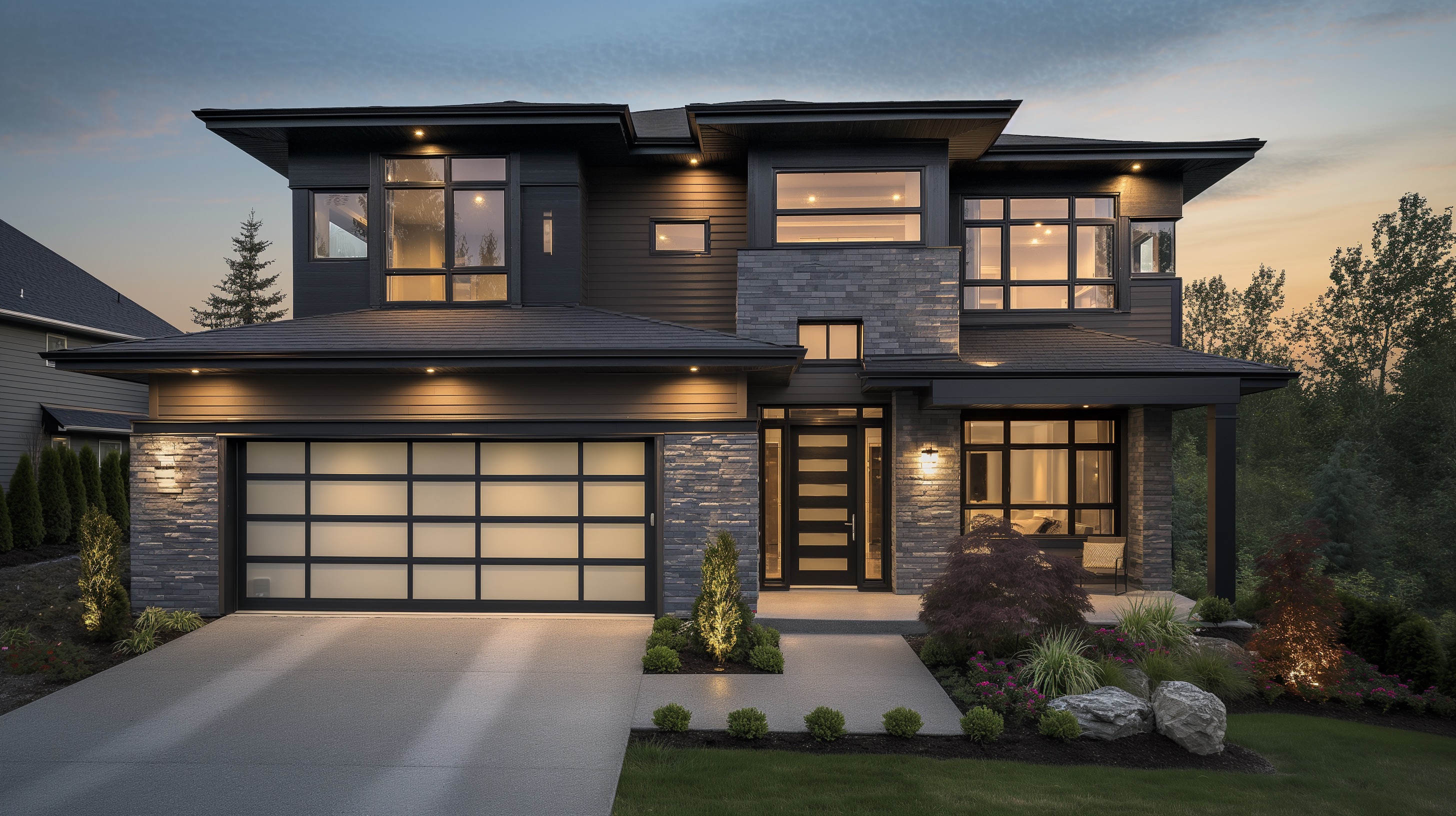
Durability and Maintenance
Engineered wood siding boasts impressive durability. It's specifically designed to resist common issues faced by natural wood siding, such as termites, fungal decay, and moisture damage. This greatly reduces the time and cost of maintenance, and provides a long-lasting veneer for your property.
Aesthetically Pleasing
The ability to emulate the rich texture and character of natural wood is one of the top reasons why many opt for engineered wood siding. The breadth of design possibilities is vast, enabling homeowners to select the perfect finish that embodies their ideal aesthetic.
Sustainability
Engineered wood siding is typically made from a percentage of recycled wood products, making it a greener choice than new-cut lumber. This means it's not only good for your home, but also for the environment.
Installation of Engineered Wood Siding
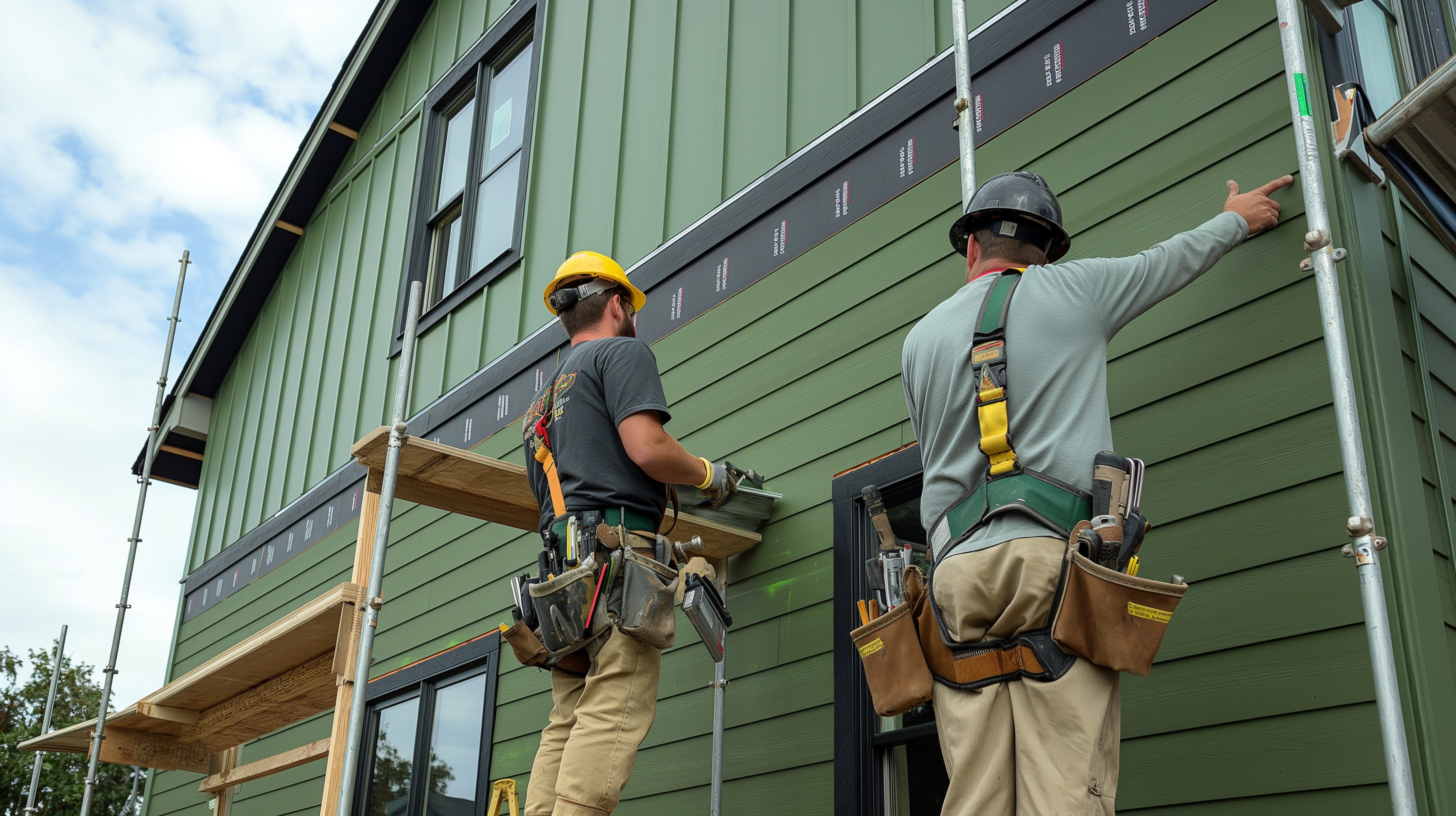
While engineered wood siding can be installed by keen DIY enthusiasts, professional installation is often recommended. This ensures the most efficient installation, minimizes wastage, and guarantees the best possible finish. Engineered wood siding typically fits together via tongue and groove connections, interlocking to create a seamless aesthetic.
The key steps include:
- Removal of existing siding (if needed).
- Installation of a water-resistive barrier.
- Application of siding, typically starting from the bottom and working up.
- Fitting of trim elements for windows, doors, and corners.
- Finishing and painting.
Cost of Engineered Wood Siding
The cost of engineered wood siding can vary based on a number of factors such as style, design and installation requirements. Despite this, it's often more affordable than traditional wood siding, and potentially offers better value over its lifetime considering its durability and low maintenance needs.
Where to Buy Engineered Wood Siding
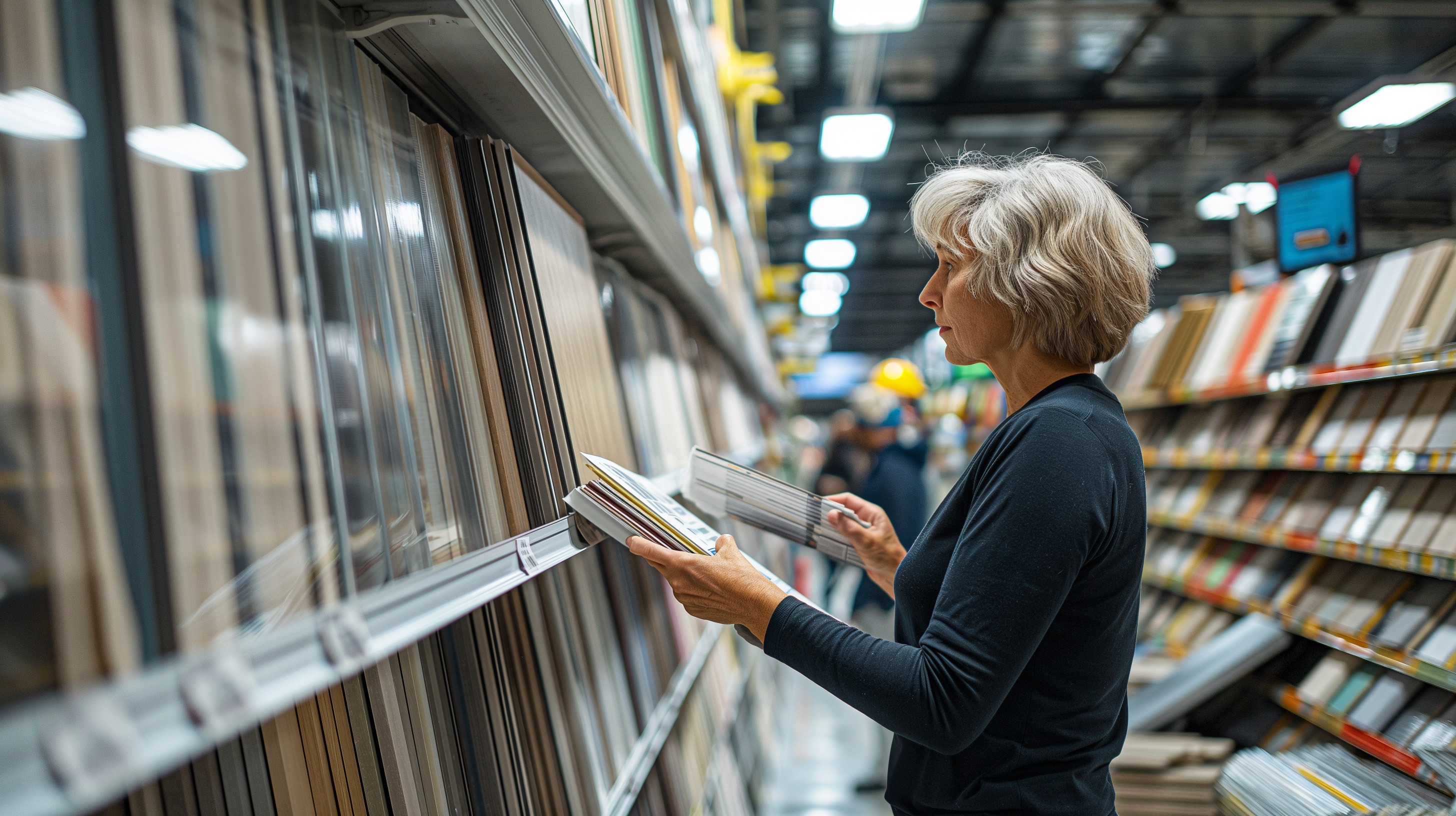
You can procure engineered wood siding from many suppliers. Homeware and DIY stores may offer standard options, or specialized manufacturers can create customized solutions. Online retailers also offer a wide range of engineered wood siding options, many complete with reviews to help guide your choice.
Remember to consider factors such as warranty and supplier support when making your purchase. This not only assures quality of the product, but also support should you need it down the line.
Engineered wood siding offers a compelling balance between utility, durability, aesthetics, and eco-friendliness, making it an attractive option for many homeowners. Whether you're in the process of constructing a new property, or refreshing your current home, consider the many benefits engineered wood siding can provide.
FAQs about Engineered Wood Siding
This FAQ section aims to answer commonly asked questions about engineered wood siding. It covers everything from its installation, maintenance, durability, variety and much more.
How is engineered wood siding different from solid wood siding?
Engineered wood siding is made from wood products that are bound together with adhesives to form boards and panels, whereas solid wood is a whole material cut from a tree. Engineered wood is designed to provide the look of traditional wood siding but without the typical issues like warping, rotting or high maintenance needs.
What is the durability of engineered wood siding?
The durability of engineered wood siding varies based on the quality and manufacturing process. However, most quality versions show strong resistance to fungal decay and termites. With proper maintenance, engineered wood siding can last between 20 and 30 years.
Does engineered wood siding require special maintenance?
Engineered wood siding requires minimal maintenance. Typical care involves periodic washing to remove dirt and debris, and checking for any signs of damage. However, unlike solid wood, engineered wood siding does not need to be painted or stained regularly.
What are the available styles and choices for engineered wood siding?
Engineered wood siding comes in a variety of styles, including panels to create a board and batten design, shiplap, or clapboard styles. It can be manufactured to mimic various types of wood grain, and it's available in a multitude of colors.
Can engineered wood siding be painted?
Yes, engineered wood siding can be painted. In fact, this is one of the major advantages of using this material. The siding can be repainted to match a new color scheme, giving your home a fresh new look.
How is engineered wood siding installed?
Engineered wood siding can be installed either by nailing it directly to your home, over foam insulation, or on furring strips. However, it is advisable to hire experienced professionals to ensure proper installation and prevent future issues.
Is engineered wood siding environmentally friendly?
Engineered wood siding is generally considered more eco-friendly than other siding materials like vinyl or aluminum. That's because it's made from wood product leftovers like wood waste, chips, and sawdust. This usage of waste materials contributes to a lesser environmental impact.
How does engineered wood siding perform in different climatic conditions?
Engineered wood siding is designed to resist harsh weather conditions and fluctuations in temperature better than traditional wood. This makes it an appealing choice in different climatic conditions.
Is Engineered Wood Siding fire-resistant?
Quality engineered wood siding products typically have a flame spread rating which is better than solid wood and untreated wood, making it more fire-resistant. However, it is always advisable to check the manufacturer's specifications regarding fire resistance.
Is engineered wood siding cost-effective?
Engineered wood siding is typically less expensive than traditional wood siding but slightly more expensive than vinyl siding. Additionally, considering its low maintenance needs, engineered wood siding could be a more cost-effective choice in the long run.
The Pros and Cons of Engineered Wood Siding
Pros of Engineered Wood Siding
1. Aesthetics and Design Versatility
Engineered wood siding successfully mimics the aesthetics of traditional wood siding. This means it offers a naturally beautiful appearance that complements various architectural styles. Additionally, engineered wood siding comes in a wide range of colors, textures and styles. The design versatility ensures that you can get engineered wood siding that suits your personal taste and complements your home’s exterior design.
- Can mimic the look of traditional wood, cedar shake, board and batten, and other styles.
- It's available in pre-finished colors or can be painted in a specific color of your choice.
2. Durability and Longevity
This type of siding material is built to be strong and durable. Engineered wood siding is designed to withstand harsh weather conditions, be it strong winds, heavy rain or snowfall. It is also resistant to moisture, rot and insect damage. Therefore, when installed and maintained correctly, engineered wood siding can last for several decades.
- Engineered wood siding products come with impressive warranties, some up to 30-50 years.
- Damage from hail, wind, and other impacts may be less evident compared to traditional wood siding.
3. Eco-Friendly
Engineered wood siding is often made from recycled materials, making it a more eco-friendly choice. The manufacturing process also uses fewer trees than traditional wood siding, which contributes to conservation of forests.
- Some manufacturers use a 'closed-loop' manufacturing process, where virtually all the raw material is used in the production, minimizing waste significantly.
4. Easy Installation
Compared to traditional wood siding, engineered wood siding is lighter and easier to install. This not only leads to less labor but can also reduce the overall cost of the siding project.
Cons of Engineered Wood Siding
1. Maintenance Requirements
Although engineered wood siding is resistant to many elements, it still requires maintenance. You need to periodically seal and paint it to retain its look and durability. This adds to the overall cost of having engineered wood siding in the long run.
- Engineered wood siding typically needs to be repainted every 5 to 10 years, depending on the climate and weather exposure.
2. More Expensive Upfront Cost
While the installation costs may be lower, engineered wood siding generally comes with a larger price tag than traditional wood and some other siding materials. This initially higher cost can put off some homeowners.
3. Potential Moisture-Related Issues
Even though it's designed to resist moisture, if not installed and sealed properly, engineered wood siding may still be susceptible to moisture penetration, which can cause issues such as mold and mildew growth, swelling and warping over time.
- Periodic inspections are needed to catch any signs of moisture damage early.
4. Can Fade Over Time
With exposure to sunlight and weather elements, the color of the engineered wood siding can fade over time, which may require repainting or replacement to keep the exterior looking its best.
In summary, engineered wood siding offers many benefits like aesthetic appeal, design flexibility, durability, and an eco-friendly choice. However, it does also come with some cons, such as higher upfront costs, maintenance needs, potential moisture-related issues, and the possibility of fading over time. These pros and cons should be considered when choosing this type of siding for your home.
Summary
Engineered wood siding is a solid choice for many homeowners and builders due to its durability, aesthetic appeal and eco-friendliness. Its resistance to common issues like decay, changes in weather and insect infestations sets it apart from traditional wood siding. This long-lasting and low maintenance option, coupled with its almost limitless variety in designs and finishes, makes engineered wood siding a versatile choice for a wide range of architectural styles.
Switching to engineered wood siding can positively impact a home's energy efficiency. The manufacturing process bonds each strand of wood with a resin to create a strong, dense material that provides excellent insulation for your home. This can result in significant energy savings over time. On top of that, since this material can be produced using less energy and fewer resources than traditional wood, it's a more sustainable and environmentally friendly choice.
Lastly, it's worth noting the economic benefits of choosing engineered wood siding. It's often less expensive than other siding options and requires less frequent replacement due to its durability, saving homeowners money over the long run. Plus, the added benefit of improved curb appeal can even increase your home's overall value. Engineered wood siding offers a fantastic combination of durability, aesthetics and value, making it a sound investment for any home improvement project.
About GVD Renovations & Remodeling
Welcome to GVD Renovations & Remodeling! Located in the heart of Sacramento, CA, we are a team of skilled professionals dedicated to providing top-notch home renovation and remodeling services. Whether you're thinking about updating your kitchen, transforming your bathroom, or even adding whole new sections to your home, we've got you covered. Our company has earned a reputation for quality craftsmanship, affordable prices, and exceptional customer service. With GVD Renovations & Remodeling, your dream home is never out of reach!
This article is for general information only and not professional advice. Always consult a licensed contractor before making project decisions. Product details, specifications, or warranties may have changed since publication. Brand and product mentions reflect opinion, not endorsements or guarantees.
Tags: engineered wood siding, renovation tips, home improvement,


